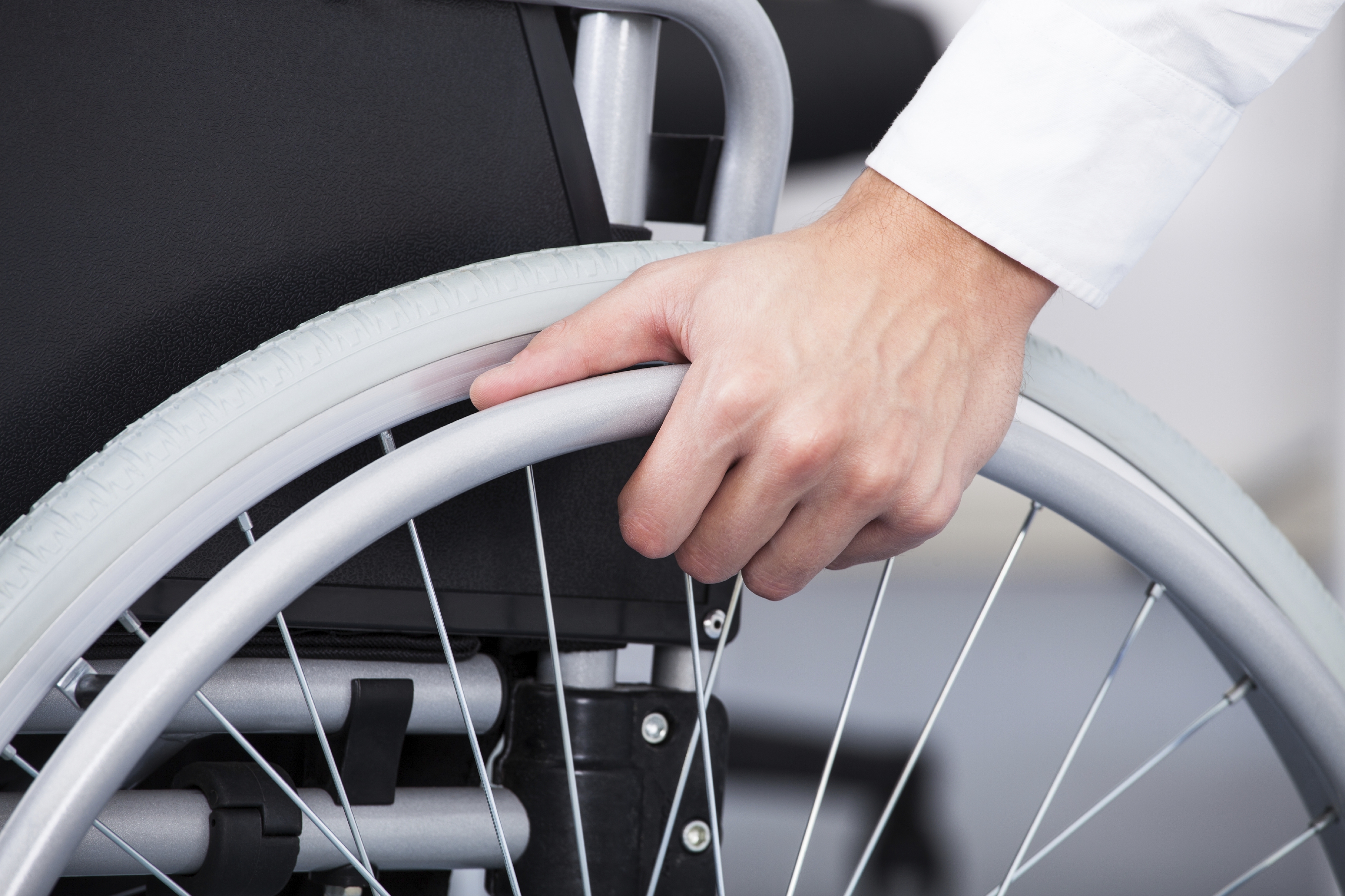Platforms lifts and how they benefit people
Contents |
[edit] Introduction
Platform lifts allow a platform to rise up and down and are often installed in homes to enable independent living. They can be fitted indoors and outdoors and offer access where passenger lifts cannot be installed.
Platform lifts fall under the Machinery Directive, which means they travel at 0.15 m/s or less. Their slow speed means they are generally only used in low-rise buildings. Platform lifts are cost-effective and easy to install, and are popular as lifts for people with disabilities.
[edit] Types of platform lifts
There are several types of platform lift, each capable of being used in a variety of settings and applications.
[edit] Step lift (or low rise vertical platform lift)
These lifts can be installed on the side of a step or steps and help to move the user to another level, leaving the stairs clear.
[edit] Inclined stair lift
The inclined stair lift refers to a level platform secured to a diagonal rail on a staircase. The aim of this lift is to carry a wheelchair and travel from ground level to an upper level, leaving the steps clear. These lifts are available in many different designs, so they can be installed virtually anywhere, including offices and homes. They can be placed in straight or curved staircases with several landings or turns.
[edit] Vertical platform lift
These types of lifts are typically self-supporting structures secured to a wall. They are versatile, so they can be customised to existing designs or aesthetics. They can also be enclosed, allowing passengers to travel up and down a tube.
[edit] Uses
Platform lifts are commonly used to improve access to a building or level:
- The transport of people with physical disabilities who find it difficult or impossible to use stairs. This includes people with limited mobility or visually impaired.
- The ability for people with injuries to have access to different levels. For example, transporting an injured person down a flight of stairs can be a challenging or impossible task, whereas platform lifts grant easy access to medical personnel, equipment and people that need medical attention or have been injured.
- Families with children, pushchairs or prams can benefit from a platform lift.
- Moving goods and merchandise, especially if it weighs more than what can be comfortably carried by hand, is easy with a platform lift. They also offer safety, as it can be easier to control health and safety risks when the heavy goods are transported with a machine.
[edit] Benefits
Platform lifts offer many benefits in both commercial and residential buildings and, especially, to people living with disabilitie:
- Efficiency: A platform lift can carry a lot of weight while retaining its speed and safety. They are also energy-efficient, as they don’t consume large amounts of energy.
- Safety: Platform lifts are significantly safer than staircases when it comes to transporting people between floors.
- Independence: A platform lift can help people to remain independent in their own homes, as it allows easy access to different levels of the home.
- Confidence: They provide safety and stability to users when on the move; and their features protect users from accidents and injuries.
[edit] Related articles on Designing Buildings Wiki
- A Brief History of Lifts Over the Years.
- Considerations When Installing a Residential Lift.
- Disabled access lifts
- Different Types of Lift Doors
- How to Install a Stairlift
- Lifts.
- Lifting platform.
- Low Pit Lifts.
- The importance of service lifts.
- The science of lifts.
- The world's fastest lifts.
- Wheelchair platform stairlifts.
--Nathan Massey 10:13, 05 Jul 2017 (BST)
Featured articles and news
A change to adoptive architecture
Effects of global weather warming on architectural detailing, material choice and human interaction.
How big is the problem and what can we do to mitigate the effects?
Overheating guidance and tools for building designers
A number of cool guides to help with the heat.
The UK's Modern Industrial Strategy: A 10 year plan
Previous consultation criticism, current key elements and general support with some persisting reservations.
Building Safety Regulator reforms
New roles, new staff and a new fast track service pave the way for a single construction regulator.
Architectural Technologist CPDs and Communications
CIAT CPD… and how you can do it!
Cooling centres and cool spaces
Managing extreme heat in cities by directing the public to places for heat stress relief and water sources.
Winter gardens: A brief history and warm variations
Extending the season with glass in different forms and terms.
Restoring Great Yarmouth's Winter Gardens
Transforming one of the least sustainable constructions imaginable.
Construction Skills Mission Board launch sector drive
Newly formed government and industry collaboration set strategy for recruiting an additional 100,000 construction workers a year.
New Architects Code comes into effect in September 2025
ARB Architects Code of Conduct and Practice available with ongoing consultation regarding guidance.
Welsh Skills Body (Medr) launches ambitious plan
The new skills body brings together funding and regulation of tertiary education and research for the devolved nation.
Paul Gandy FCIOB announced as next CIOB President
Former Tilbury Douglas CEO takes helm.
UK Infrastructure: A 10 Year Strategy. In brief with reactions
With the National Infrastructure and Service Transformation Authority (NISTA).
Ebenezer Howard: inventor of the garden city. Book review.
Airtightness Topic Guide BSRIA TG 27/2025
Explaining the basics of airtightness, what it is, why it's important, when it's required and how it's carried out.























